When it comes to Series 86 Exam formulas, there are a wide range to know. So far this year, 2025 has not included a ton of surprises. However, below we discuss some formulas you need to know for this difficult exam.
Series 86 Exam Formulas: A Lot to Remember
For the Series 86 Exam, the core formulas you need to know in equity research still apply.
For example, turnover ratios, days in inventory, days sales outstanding, free cash flow formulas – both of them – and many more. The more involved ones that tend to confuse students include the dividend discount model, Gordon growth model, and a discounted cash flow.
Applying numbers to these formulas is one thing, but deeply understanding them is another matter.
This last point is important. Though we don’t have hard numbers, at Professional Exam Tutoring we would estimate that somewhere around 75% of our students rarely have a good conceptual understanding of the intricacies of these present value formulas. They are inherently complicated, so that’s understandable. Fortunately, a deep understanding is not necessary. You just have to know how to use them.
What to Expect
It’s probably no surprise that this exam is a difficult one. To this point, the questions that are likely to involve formulas are rarely straightforward.
Specifically, if you are asked to calculate the price of a stock, based off of intrinsic value, then getting to the intrinsic value of the equity may require that you get to the enterprise value (EV) first. To get to the Enterprise Value you may have to know the dividend discount model. Or, other formulas such as the GGM or a DCF.
In short, most quantitative problems on this exam are multiple steps.
Other complications on this exam when it comes to calculations is in knowing how to go in reverse order of the financial statements. For instance, you may be asked to calculate net operating profit after taxes (NOPAT), but be given net income to start. To get NOPAT, you have to know that you have to start with net income add back taxes, and then add interest expense. Then from there, you would remove taxes again.
Formulas Tweaks
In other instances, you may be asked to calculate the price of the stock based off of a forward earnings multiple. You’d have to keep in mind that to calculate a forward earnings multiple you need the current price and next year’s EPS. This is in contrast to the standard P/E ratio. The standard ratio calls for the current price divided by the trailing 12 month EPS. So, adapting to a forward multiple requires knowing that you know the next year’s earnings per share.
Overall, this exam is fairly challenging and the quantitative questions are no different. Be prepared to go a couple layers deep with some of the math questions. Your best bet is to make sure you know your ratios and formulas inside and out. Feel free to reach out if you need any help! Good luck!

